 Monday, March 1, 2021 |
Monday, March 1, 2021 |  Hugh Locke
Hugh Locke Escape and Containment vs Unity in Haiti
 The SFA strives for unity, one farm community at a time.
The SFA strives for unity, one farm community at a time.
Two items stood out in last week’s coverage of Haiti’s deepening crisis: the escape of more than 400 prisoners (and the deaths of at least 25 people in the resulting mêlée) from a jail in the Port-au-Prince suburb of Croix-des-Bouquets and the announcement that the Dominican Republic plans to build a wall along the 236-mile border with Haiti. Together these two stories invoke a pattern of escape and containment that has long dominated Haiti and continues to hold it back from attaining the unity needed for sustained progress.
‘Escape’ from this prison is just the most recent installment of a long history of gangs and others engaged in less overt forms of lawlessness all getting away with their crimes. The majority of perpetrators – from those living in slums like Cite Soleil and Bel Air through to some who can be found among the walled enclaves dotting the hills above Petionville – always seem to escape justice.
‘Containment’ in that every bad thing that happens seems to invoke a new attempt at imposing restrictions that rarely address the root causes of the problem. A border wall may seem like a quick fix to the very real security and commercial trade challenges that have historically plagued both sides of the border, but it is hardly a long-term sustainable solution. Just as attempts to reign in the recurring cycles of gang violence and kidnappings are often heavy handed at the outset and then seem to dissipate. But in the process they rarely result in any real or lasting changes that would improve the underlying political, social and economic issues that create the breeding grounds for gangs.
This self-reinforcing pattern of escape and containment is like an invisible net that stretches over the whole country, holding down an entire population and preventing forward momentum. It makes it difficult for anyone to rise up and affect meaningful change, whether it is from within the government, the opposition, the business community, civil society organizations or NGOs.
‘Unity’ has to be part of the eventual solution; building a cohesive and inclusive sense of unity at the community level that is completely outside the influence of politics. There are many others involved in this work across the country, and for our part the Smallholder Farmers Alliance (SFA) strives for unity one farm community at a time. Ours is not a grand or national venture, but we are working with some 6,000 smallholders in seven different areas in an effort to establish a new farmer-led model of community development and leadership.
Every aspect of the SFA program involves consultation by the extended farmer members in any given location. They meet to reach consensus on which crop seeds and tools are needed for the coming season, and which tree varieties they want to grow and where they will be planted. They meet to decide who has earned cows or goats that each farmer will own only after offspring have been passed to others selected by the community. Farmers work together to manage local seed banks that ensure high quality seed is available for planting. Women farmers manage their own micro-credit loan program with minimum oversight by the SFA.
Operation by consensus, shared management responsibilities, community ownership of the program and targeted support for women… these are the hallmarks of farmer unity and the harbinger of a Haiti beyond the strictures of escape and containment.
---------------------------------------
Hugh Locke, President, SFA
Timote Georges, Executive Director, SFA

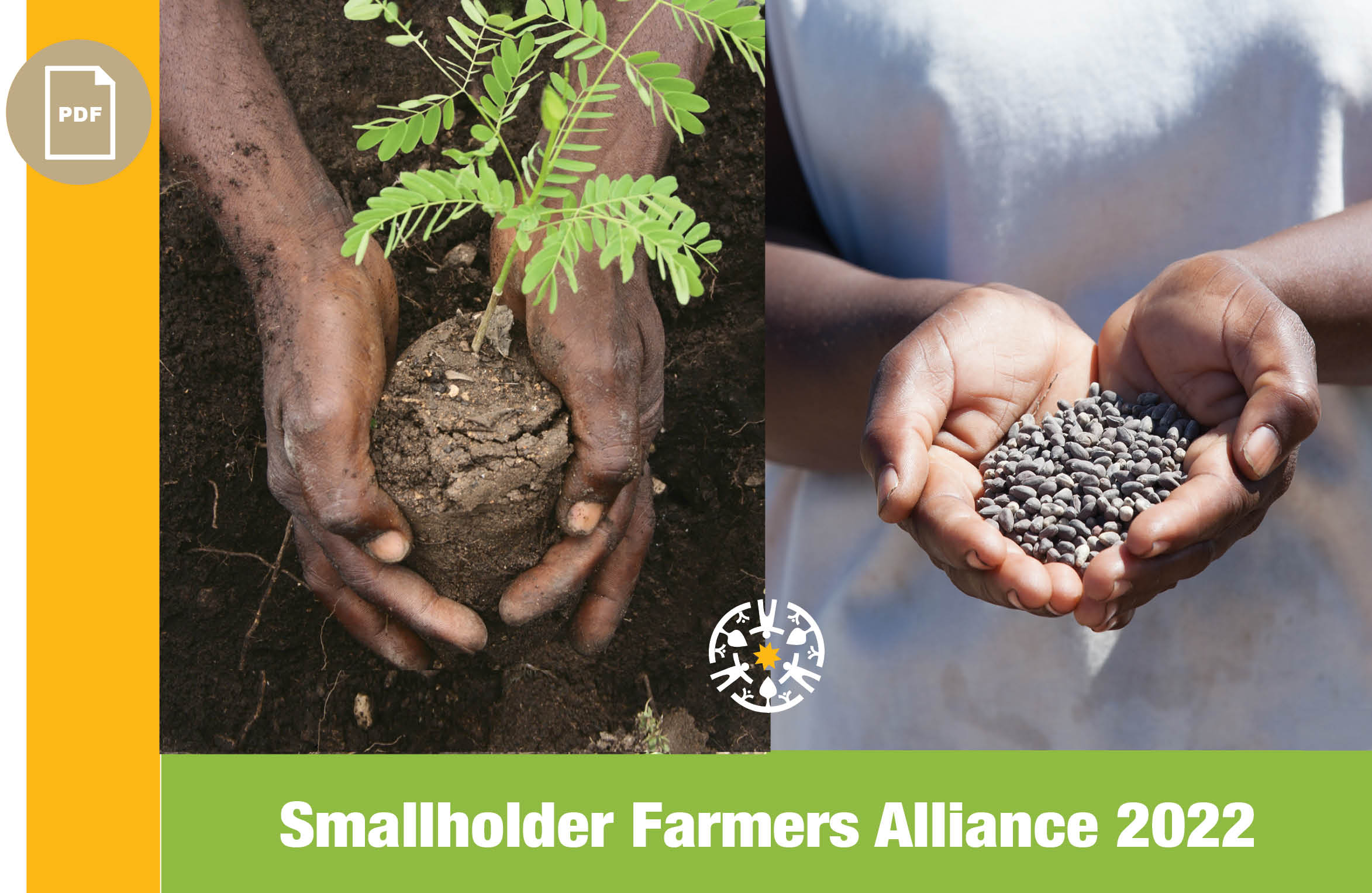
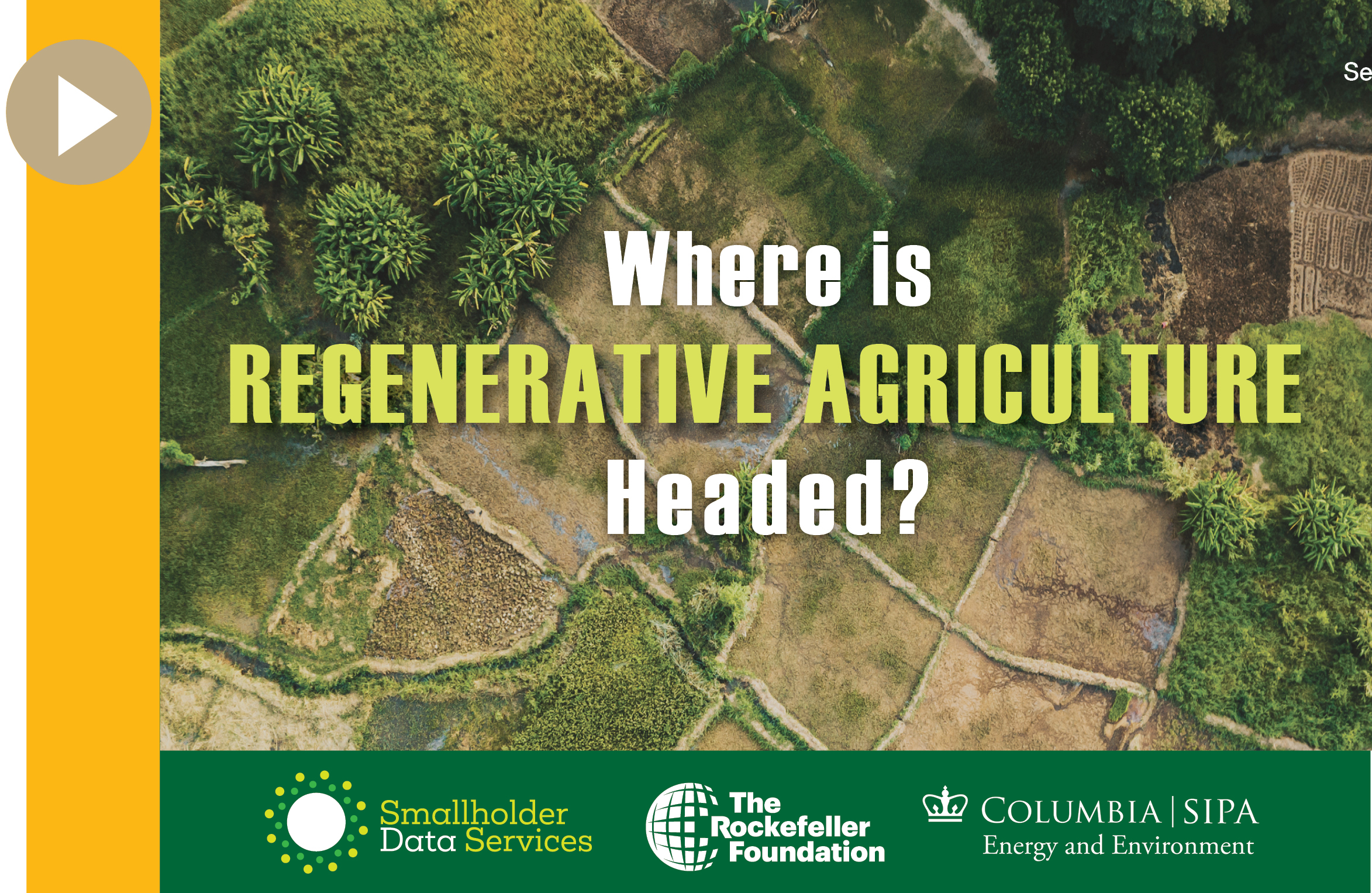
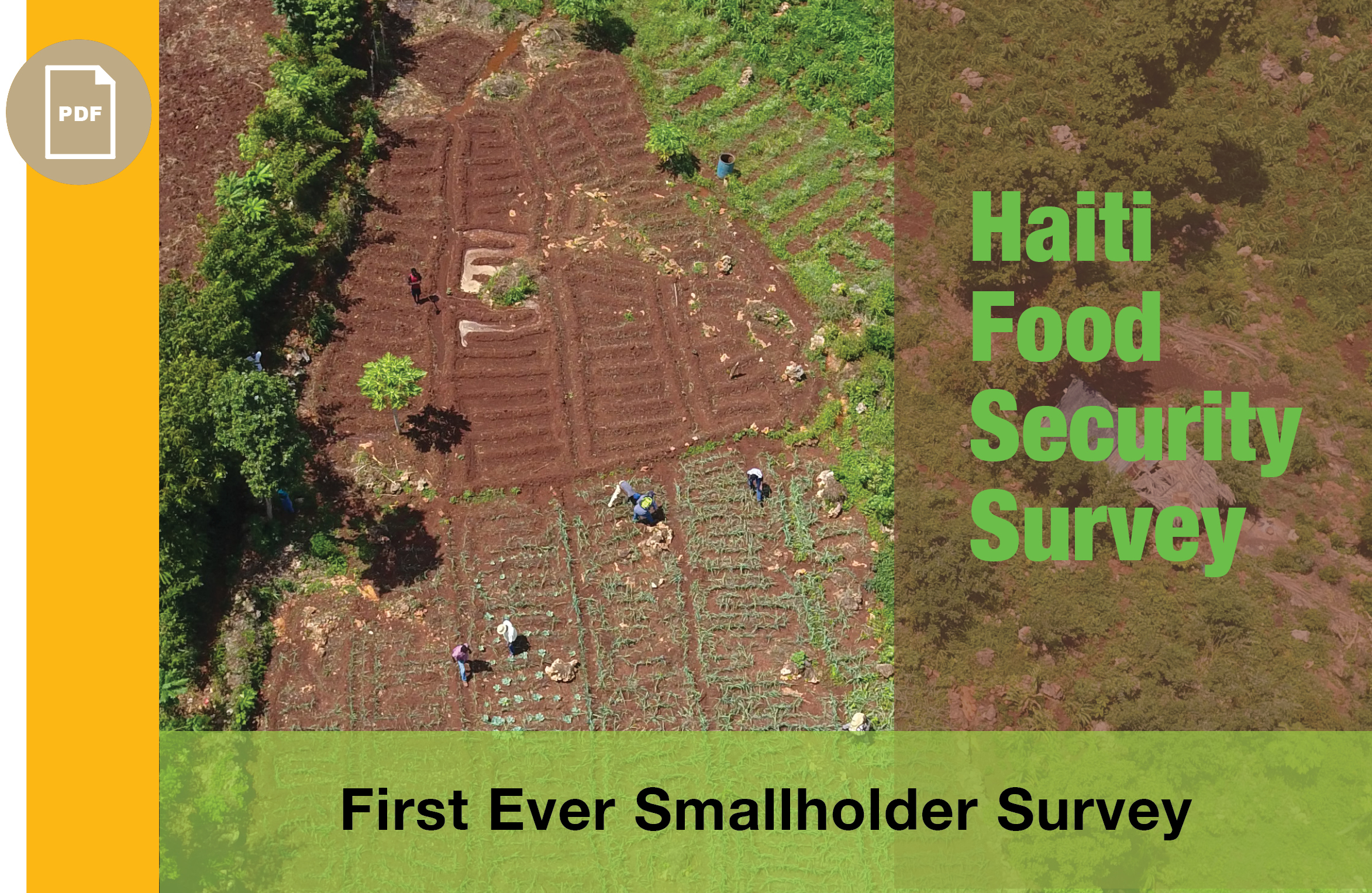
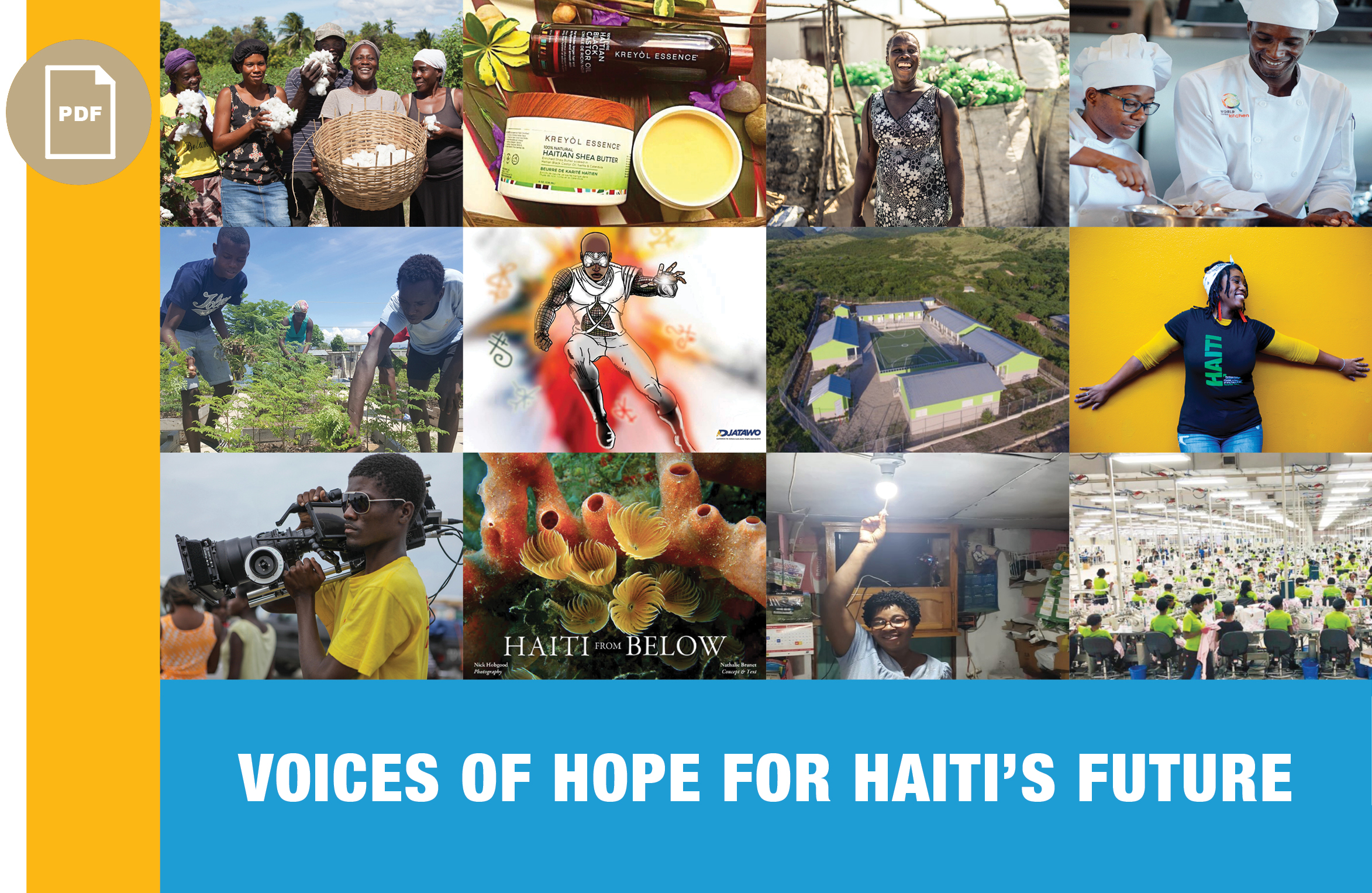

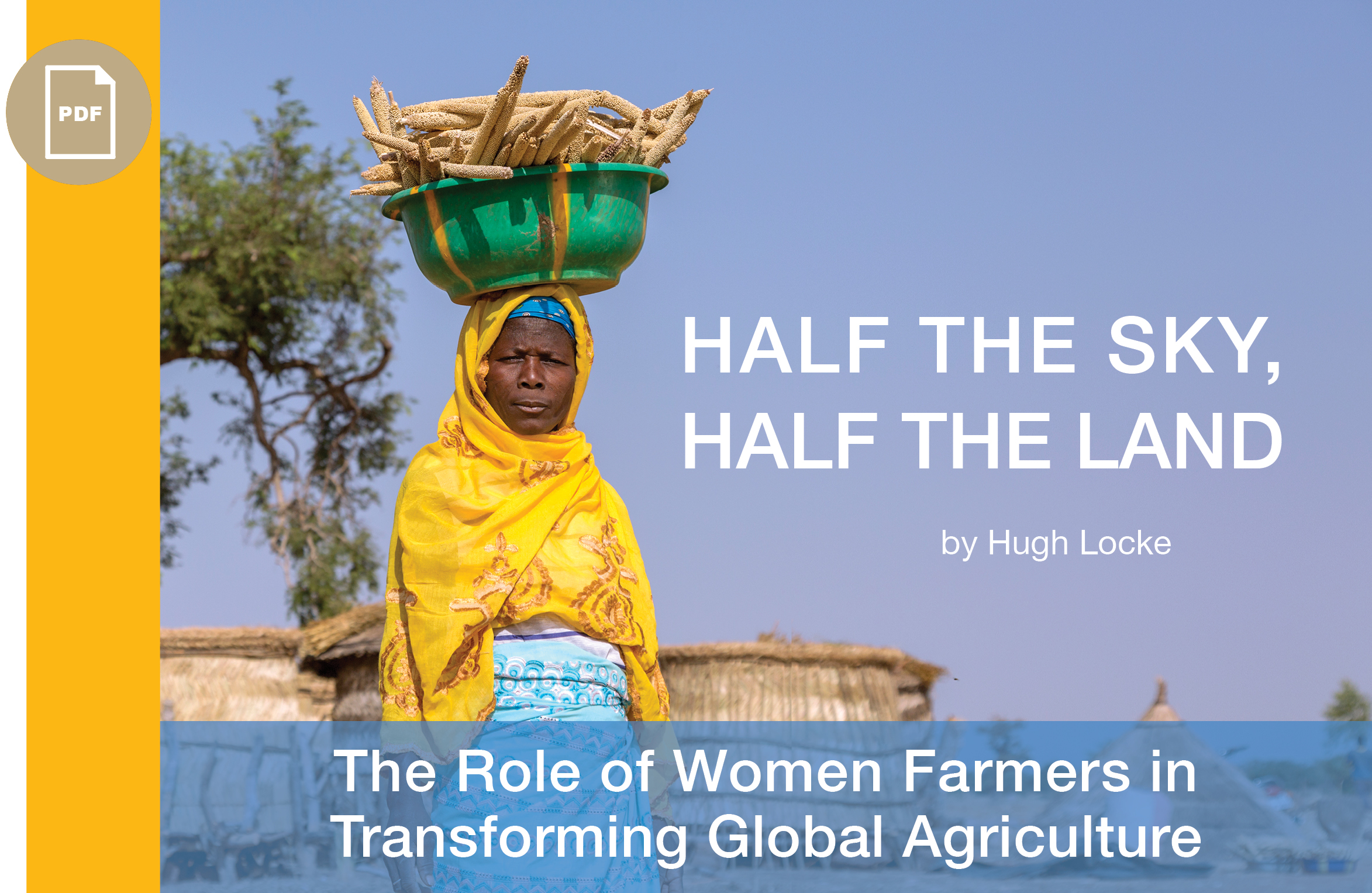
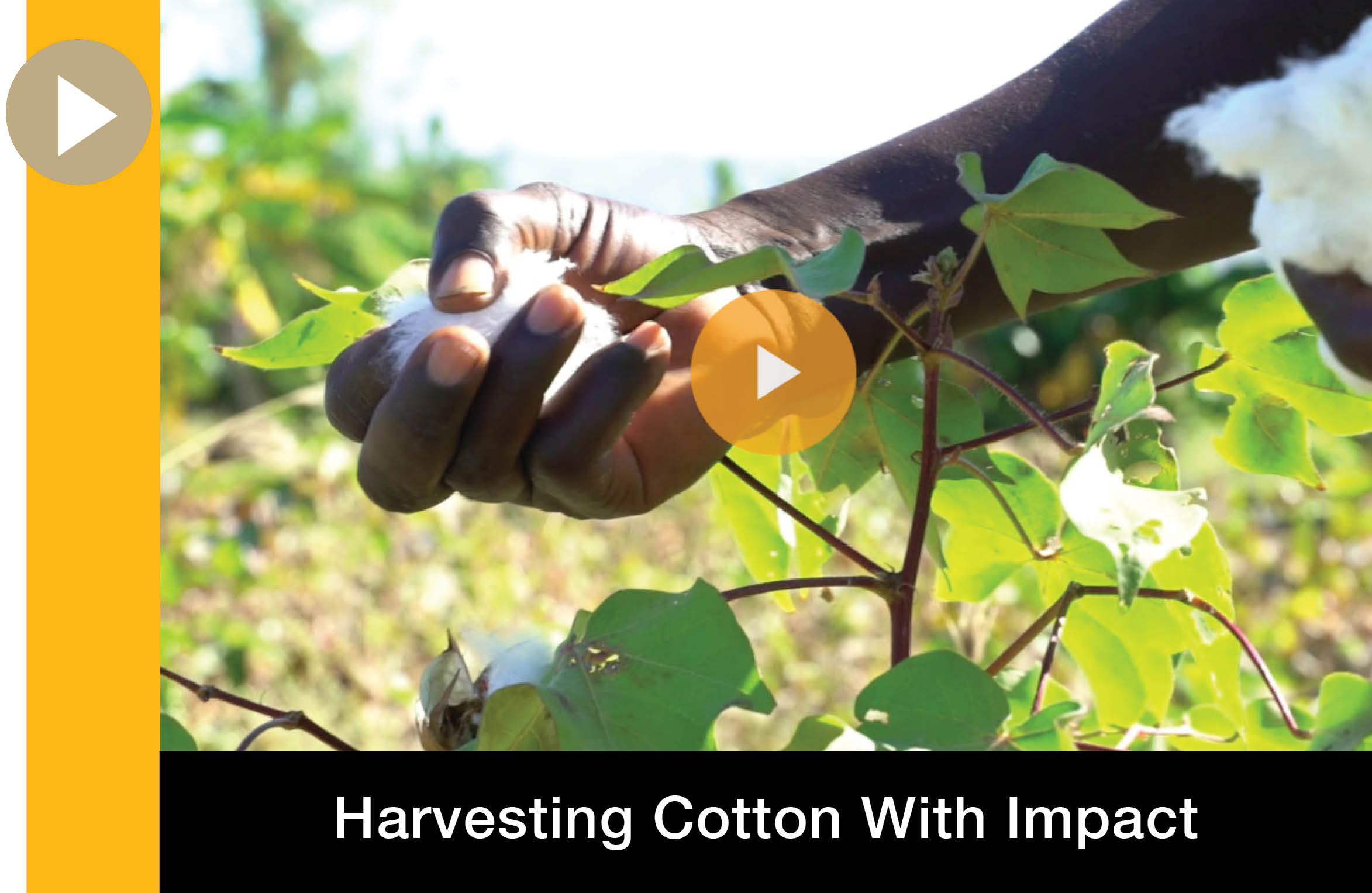
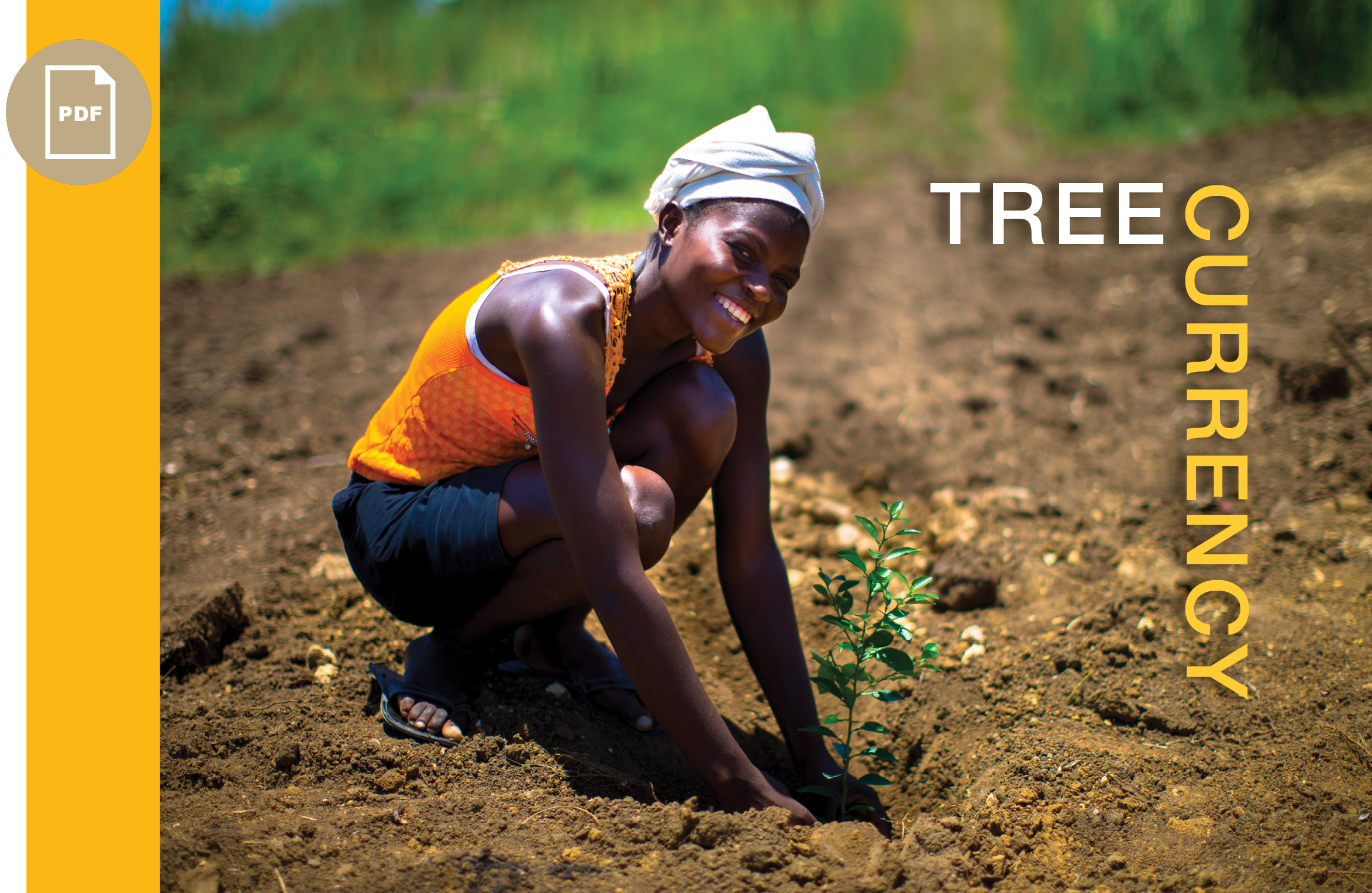

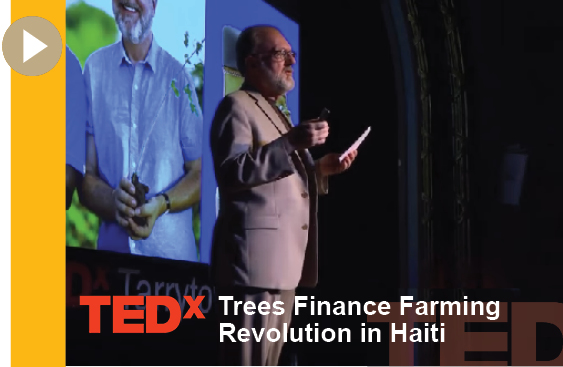
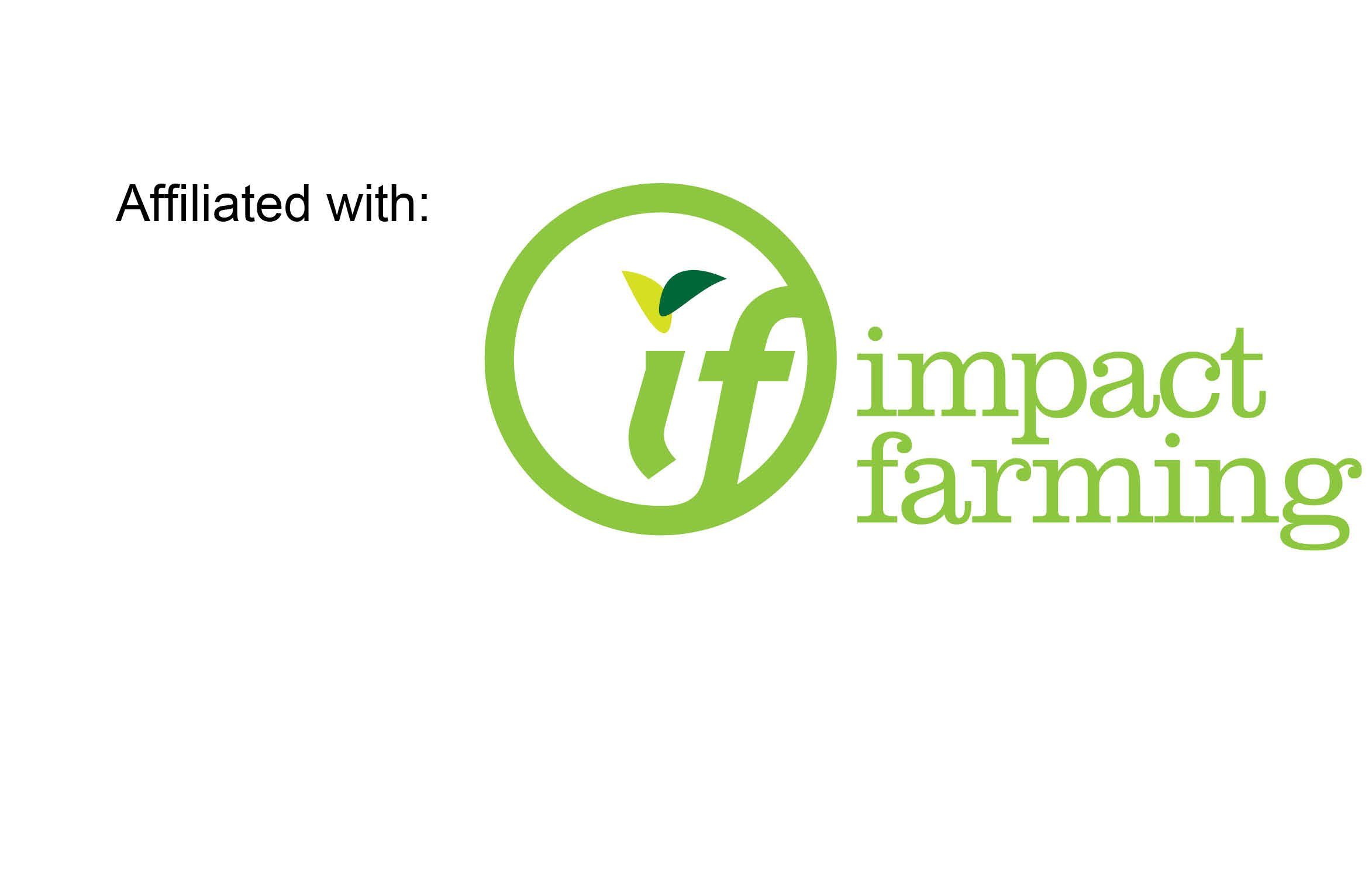
Reader Comments